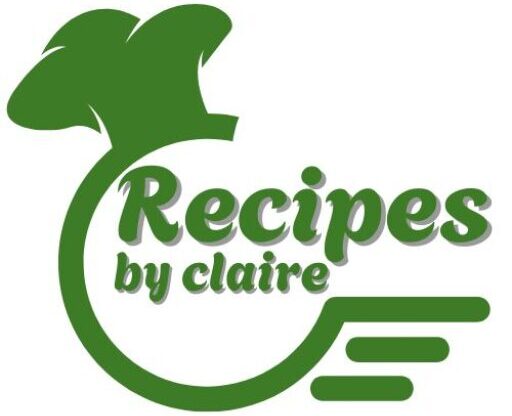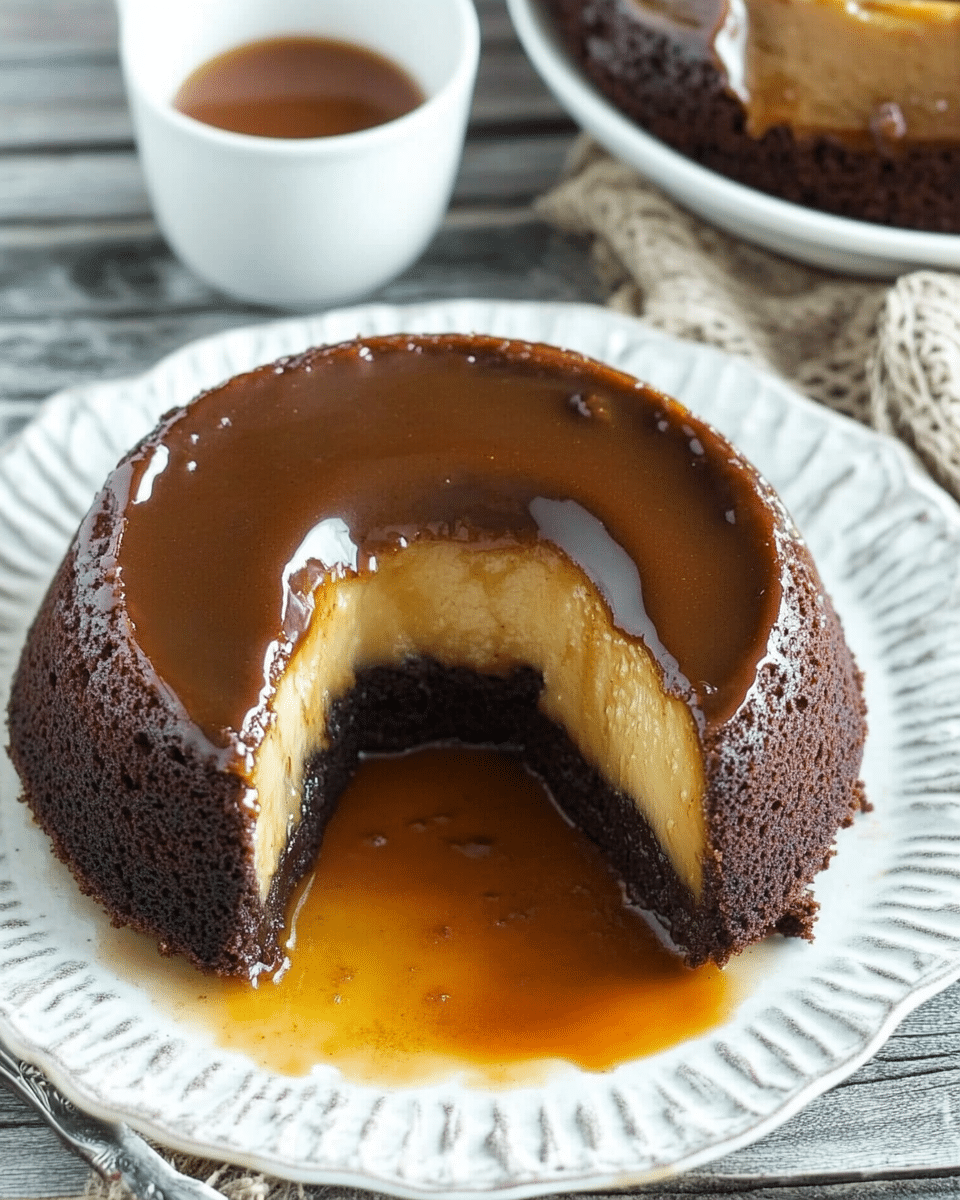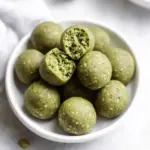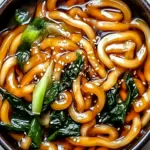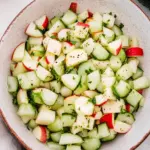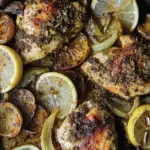The Chocoflan, often referred to as the “Impossible Cake,” is a beloved dessert in Mexican cuisine that merges two classic treats into one elegant presentation. With a silky, creamy flan layer and a rich, moist chocolate cake, this dessert is nothing short of magical. The layers seemingly switch places during baking, resulting in a stunning and delicious surprise when you invert it onto your serving plate. The top is usually bathed in luscious caramel, creating a glossy finish that enhances its visual appeal. This dessert isn’t just about good looks; it’s about bold flavor and texture contrast. The dense richness of the chocolate cake pairs beautifully with the light, custardy flan. It’s a favorite at family gatherings, celebrations, and holiday meals, offering a striking presentation and an indulgent taste. Whether you serve it chilled or at room temperature, Chocoflan is sure to impress both the eyes and the taste buds.
Full Recipe:
Ingredients:
For the Flan Layer:
-
Sweetened condensed milk
-
Evaporated milk
-
Large eggs
-
Vanilla extract
For the Chocolate Cake Layer:
-
All-purpose flour
-
Unsweetened cocoa powder
-
Baking powder
-
Baking soda
-
Salt
-
Granulated sugar
-
Eggs
-
Milk
-
Vegetable oil
-
Vanilla extract
-
Hot water
For the Caramel:
-
Granulated sugar
Directions:
-
Preheat your oven to 350°F (175°C). Prepare a bundt pan by spraying it with nonstick cooking spray and coating it lightly with caramel sauce at the bottom.
-
In a blender, combine sweetened condensed milk, evaporated milk, eggs, and vanilla extract. Blend until smooth. Set aside.
-
In a mixing bowl, combine flour, cocoa powder, baking powder, baking soda, salt, and sugar. Add eggs, milk, vegetable oil, vanilla extract, and hot water. Beat until smooth and fully combined.
-
Pour the chocolate cake batter into the prepared pan, then gently pour the flan mixture on top. Do not stir.
-
Cover the pan tightly with aluminum foil. Place the bundt pan inside a larger baking dish and fill the dish halfway with hot water to create a water bath (bain-marie).
-
Bake for 1 hour or until a toothpick inserted comes out clean. Remove from the oven and water bath. Let it cool at room temperature for 1 hour, then refrigerate for at least 4 hours or overnight.
-
When ready to serve, carefully invert the pan onto a serving platter. The flan will have magically floated to the top during baking.
Prep Time: 25 minutes | Cooking Time: 60 minutes | Total Time: 1 hour 25 minutes
Kcal: 410 kcal | Servings: 12 servings
Chocoflan: The Irresistible Magic of the Mexican “Impossible Cake”
Chocoflan, often referred to as the “Impossible Cake,” is a captivating dessert that brings together two seemingly opposite textures and flavors: rich, moist chocolate cake and smooth, creamy flan. Baked together in a single pan, the layers of this dessert magically swap places in the oven a phenomenon that has amazed home bakers and delighted dessert lovers for decades. While it may appear complex, Chocoflan is an approachable, crowd-pleasing treat that showcases the beauty and ingenuity of traditional Mexican baking.
In this article, we’ll take an in-depth look at what makes Chocoflan so special, from its origins and cultural significance to its flavor profile, texture, and variations. Whether you’re a seasoned baker or just discovering Latin American desserts, you’ll find plenty of reasons to fall in love with this sweet culinary marvel.
The Origins of Chocoflan
Chocoflan finds its roots in Mexican cuisine, where flan a silky, caramel-topped custard is a staple dessert passed down through generations. While traditional flan itself is beloved throughout Latin America and Spain, the idea of combining it with chocolate cake is a relatively modern twist that elevates this dessert to a whole new level.
The nickname “Impossible Cake” or Pastel Imposible comes from the fact that during baking, the denser chocolate cake batter somehow rises to the top while the flan, though poured last, sinks and sets at the bottom. This seemingly magical reversal of layers is the result of density and temperature differences, a bit of kitchen science that adds fun and mystery to the dish.
The Science Behind the Magic
One of the most fascinating aspects of Chocoflan is the way the two layers invert while baking. The process involves pouring the chocolate cake batter into a pan first, followed by a carefully layered flan mixture. When baked in a water bath, the custard’s heavier, egg-based mixture sinks below the lighter, airy cake batter, despite being added last. As the cake sets and the flan bakes, their positions reverse no stirring needed.
This is only possible due to the density of the flan, which is greater than that of the cake batter. As the dessert cooks, the flan displaces the chocolate mixture, which then rises to the top. The moist environment created by the water bath helps prevent cracks in the flan and ensures an even texture throughout the dessert.
Flavor Profile and Texture
Chocoflan delivers a beautiful contrast of flavors and textures. The bottom (eventually the top, once flipped) is rich, smooth flan made with a blend of sweetened condensed milk, evaporated milk, eggs, and vanilla. This layer is creamy and custard-like, with a light sweetness and a delicate texture that melts in your mouth.
The cake layer, typically a classic chocolate cake, adds depth and richness with its soft, tender crumb. The chocolate flavor complements the sweet creaminess of the flan, creating a harmonious balance in each bite. The entire dessert is topped with a generous drizzle of caramel sauce that ties everything together with a glossy, slightly sticky sweetness.
Cultural Significance and Occasions
Chocoflan holds a special place in Mexican celebrations, particularly during birthdays, family gatherings, and festive holidays such as Día de los Muertos or Navidad (Christmas). Because it offers the best of both dessert worlds cake and custard it often becomes the centerpiece of dessert tables.
It’s also a dish that inspires nostalgia. Many families in Mexico and Latin communities around the world pass down their own versions of Chocoflan, each with slight tweaks in ingredients or presentation. It’s more than just a dessert; it’s a connection to heritage, tradition, and the joy of sharing something special with loved ones.
Serving Suggestions and Presentation
Chocoflan is traditionally baked in a bundt pan or tube pan, which gives it a beautiful ring shape when inverted. The ridges of the pan catch the caramel sauce, adding to the visual appeal. Once chilled, it slices cleanly into picture-perfect portions that reveal the contrasting layers.
It’s best served cold or at room temperature. While it’s delicious on its own, you can elevate the presentation with a dollop of whipped cream, fresh berries, or a sprinkle of grated chocolate. Some even top it with a cherry or mint sprig for a pop of color.
This dessert pairs wonderfully with strong coffee, espresso, or even a creamy Mexican hot chocolate, which mirrors the chocolate-custard combo of the cake.
Variations and Customizations
One of the best things about Chocoflan is its versatility. While the traditional recipe uses classic chocolate cake and vanilla flan, you can experiment with different flavors to suit your tastes. Here are a few ideas:
-
Mocha Chocoflan: Add espresso powder to the chocolate cake for a deeper, more intense flavor.
-
Coconut Flan: Replace part of the evaporated milk with coconut milk and sprinkle shredded coconut over the caramel.
-
Red Velvet Chocoflan: Use red velvet cake mix instead of chocolate for a striking visual presentation.
-
Spiced Chocolate: Infuse the cake batter with cinnamon or chili powder for a Mexican hot chocolate twist.
Gluten-free, dairy-free, and sugar-free versions are also possible with alternative ingredients. The key is to preserve the balance of textures and the density difference that causes the magical layer swap during baking.
Tips for Perfect Chocoflan
While Chocoflan is relatively easy to make, a few key tips can help ensure success:
-
Use a Water Bath: Baking the cake in a water bath helps maintain an even temperature, which is essential for the flan layer to set properly.
-
Don’t Skip the Caramel: The caramel not only adds flavor but also helps release the dessert cleanly from the pan once inverted.
-
Refrigerate Before Serving: Allowing the Chocoflan to chill thoroughly helps the layers firm up and enhances the texture.
-
Invert With Confidence: After chilling, gently shake the pan before inverting it to ensure the cake loosens cleanly. A warm towel wrapped around the base of the pan for a few minutes can help loosen the caramel.
Why Chocoflan Is Worth Making
Chocoflan is more than a dessert it’s an experience. The combination of flavors, textures, and visual appeal makes it a standout dish for any occasion. Its seemingly complex construction makes it a conversation starter, yet the simplicity of preparation ensures it’s within reach for even beginner bakers.
In a world filled with fast, often forgettable desserts, Chocoflan stands out by blending tradition, science, and sweetness in a single pan. Its wow-factor lies not just in the taste but in the process, giving you a dessert that’s both magical and meaningful.
Conclusion:
Few desserts are as impressive and beloved as Chocoflan. With its roots in Mexican culinary tradition and its enchanting transformation during baking, it invites curiosity and rewards with a symphony of textures and flavors. Whether you’re making it for a holiday table or a weekend indulgence, this “Impossible Cake” proves that magic can indeed happen in your kitchen.
Every slice tells a story of tradition, of family, and of the joyful surprises that good food can bring. If you’ve never tried Chocoflan before, now is the perfect time to experience this unforgettable dessert.
